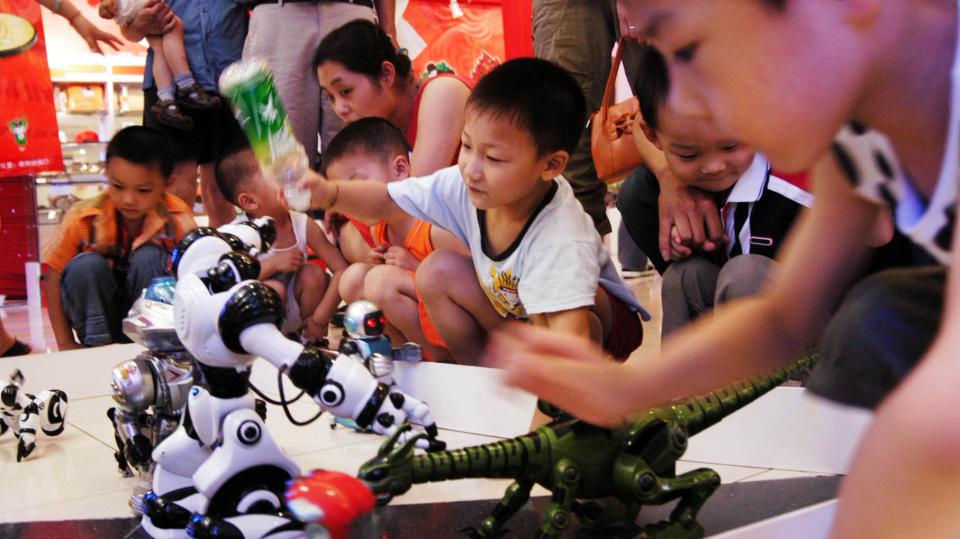There is a promising future for robots used for children's education, but the market of education-oriented robots in China is facing the challenges of homogenization and toy-like designs, reported the Shanghai-based news portal The Paper.
According to the article, by 2020, the global market for educational robots will reach US$240 million. After China implemented the universal two-child policy in 2016, around 5 or 6 million babies will be born annually, there is expected to be a huge demand from parents buying robots to help their kids study.
Such a potential profitable market is attracting many investors and entrepreneurs, but the issue of homogenization is serious.
They also typically resemble toys. The Paper found that 99 percent of existing robots are simply differently-shaped shells equipped with a microphone and have limited educational use.
But the Chinese market shows a positive attitude towards dealing with these challenges, since any new product would have its evolutionary process. For example, early laptops had slow operating systems and were bulky and heavy.
In terms of how to avoid such problems, The Paper noted that each robotics firm should have its own specific advantage. For instance, some companies would put their efforts into hardware, such as how to make the voice interaction handier, and others focus on what contents voice interaction should engage in.

 Old Version
Old Version